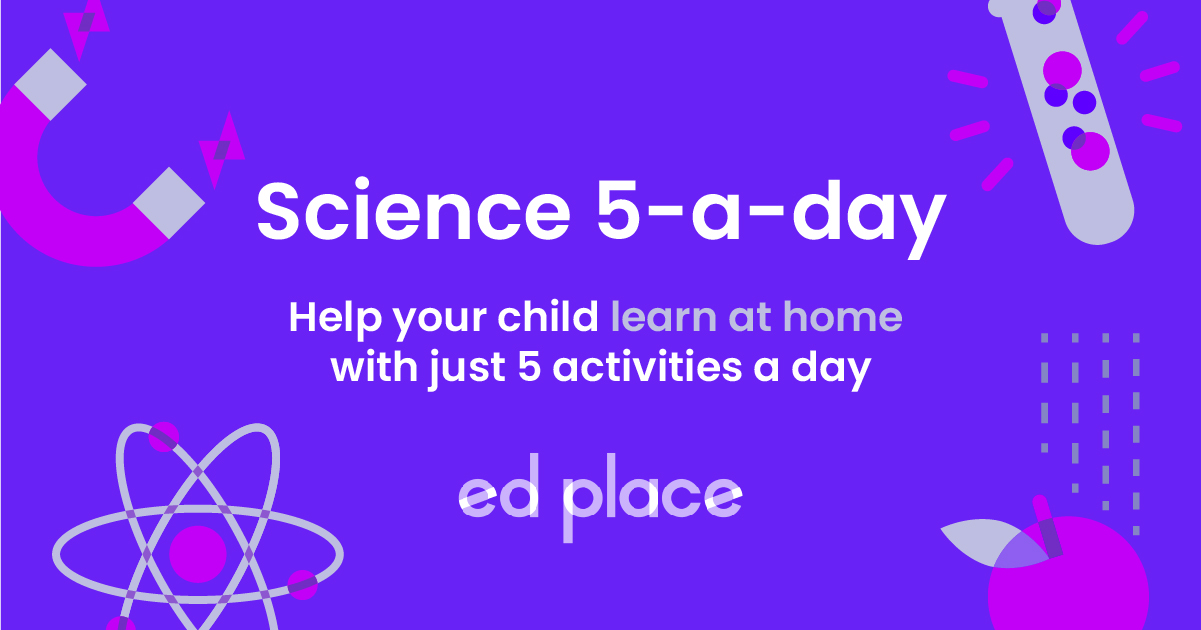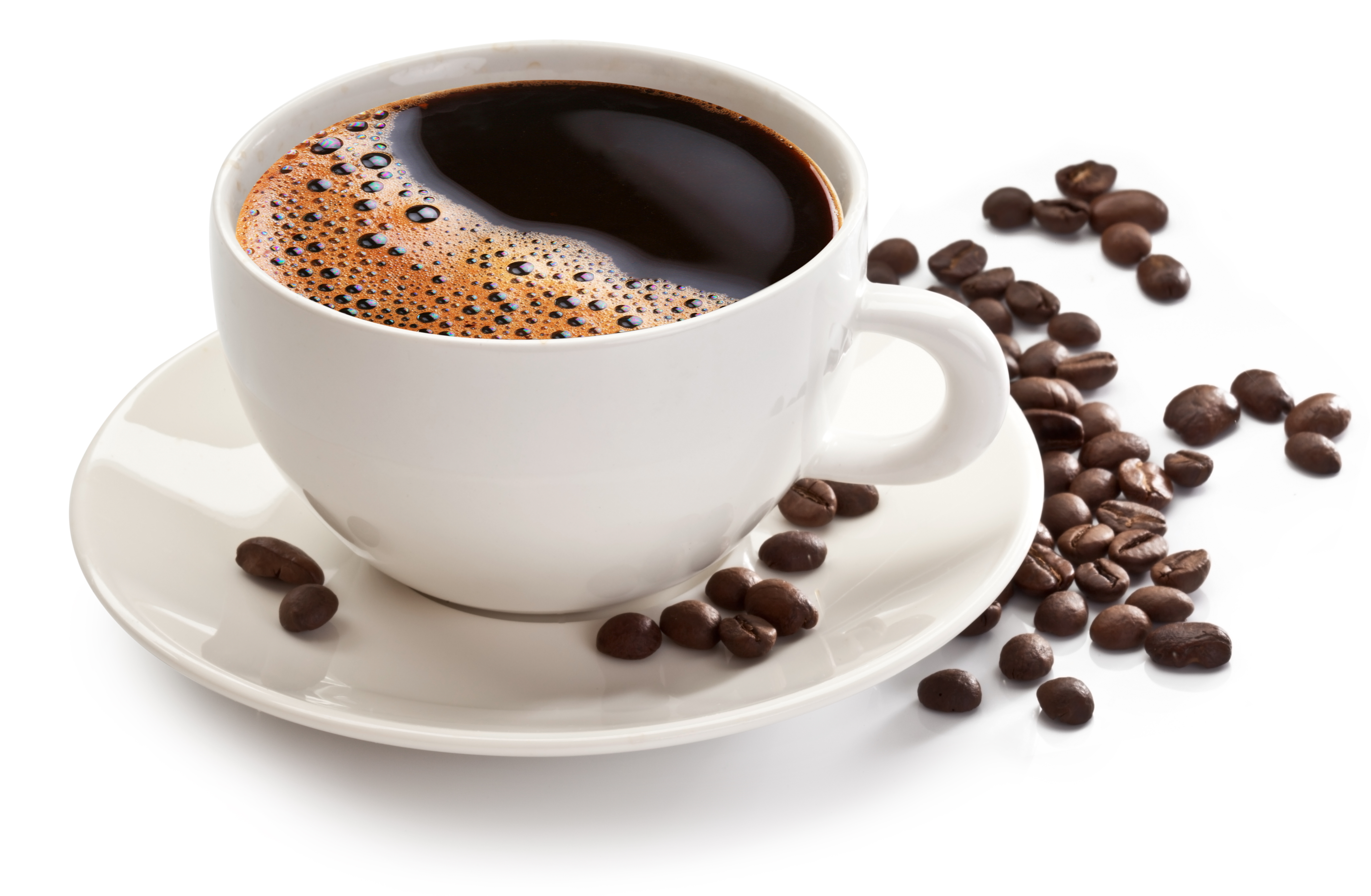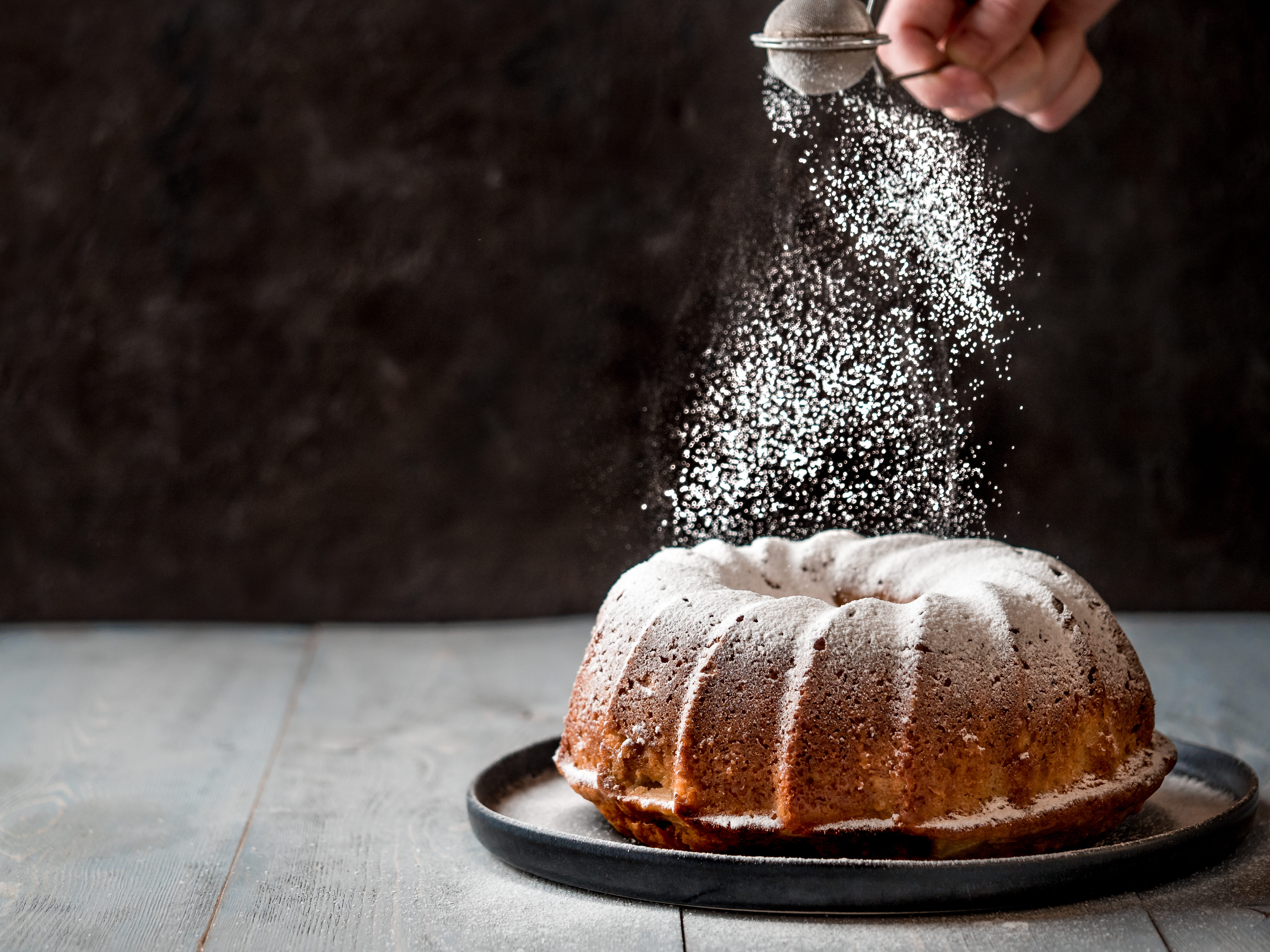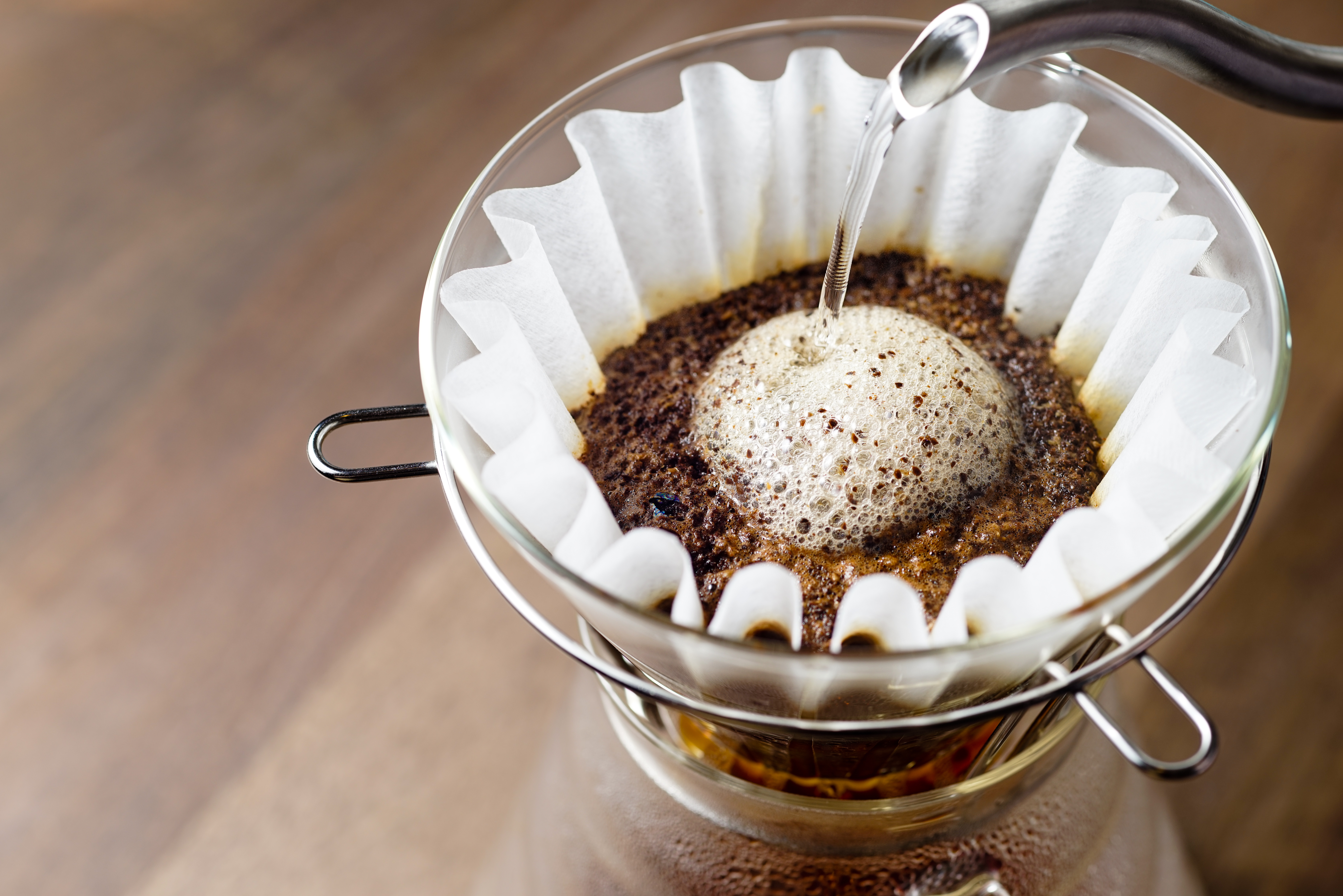
EdPlace's Upper KS2 home learning science lesson: Separations
Looking for short lessons to keep your child engaged and learning? Our experienced team of teachers have created English, maths and science lessons for the home, so your child can learn no matter where they are. And, as all activities are self-marked, you really can encourage your child to be an independent learner.
Get them started on the lesson below and then jump into our teacher-created activities to practice what they've learnt. We've recommended five to ensure they feel secure in their knowledge - 5-a-day helps keeps the learning loss at bay (or so we think!).
Are they keen to start practising straight away? Head to the bottom of the page to find the activities.
Now...onto the lesson!
When it comes to mixtures we’ll help you to filter out the useful stuff
Separating different substances from each other is a regular occurrence, from the kitchen to the workplace, and although it can be a source of confusion, our aim is to separate the important bits from the dross. So whether it needs a sieve or a filter, heating or cooling, we’ll help you to condense that wealth of information into pure understanding!
We’re confident that if you follow our step-by-step approach below, your child will be able to:
1) Understand how different mixtures are separated from each other, what techniques to use and why they work.
2) Apply this understanding to some activities
3) Explain what they have learned back to you!
Step 1 - Getting Savvy with the Scientific Language
One of the sources of confusion with this topic is all the different words that are used. Add to that the fact that at KS3 more will be piled on, and it highlights the importance of mastering this early on. Not only that, but it’s important stuff! Some areas of science can seem like they don’t seem to have much application to life, but that’s certainly not the case with separating things. From straining the pasta and using a coffee filter to getting the stones out of the flower bed and drying the washing, these processes are familiar things and we’ll aim to boil them down to leave just the key points behind!
Here are some of the separating-type words your child will come across regularly:
Sieving = where two solids, one made of big bits and the other small, can be separated using a mesh of holes, like big stones from soil.
Filtering/filtration = similar to sieving but this is used to separate an insoluble solid from a liquid, like coffee grounds from your cup of coffee.
Dissolving = where a solid mixes with a liquid and seems to ‘disappear’ as it becomes really, really tiny, like sugar in your tea.
Soluble = “dissolvable” – where a solid dissolves in a liquid to form a solution, like sugar.
Insoluble = “undissolvable” = where a solid will not dissolve in a liquid, like a teaspoon.
Solution = not the answer to a detective’s quest (!), but the liquid which has the soluble solid dissolved in it, like your cup of coffee (coffee solution!).
Evaporation = where the liquid part of a solution turns to vapour and disappears into the air to leave the solid behind, e.g. a pond drying up in the heat of the African sun.
Condensing = when the vapour (from evaporation) is cooled down and turns back into a liquid, like your bathroom mirror when you’re taking a shower.
So, let’s see if we can de-mystify this topic, filter out the important bits and boil it down to leave you feeling suitably condensed (err … I think that’s meant to be “contented”!).
Step 2 - What are you dealing with?
First off, you need to know what sort of mixture you’ve got: is it two solids, a solid and a liquid, a liquid with a solid dissolved in it? Only when you understand what’s in your mixture will you be able to separate them successfully. So…
Solids of different sizes mixed up – needs sieving.
An insoluble solid mixed in with a liquid – needs filtering.
A soluble solid mixed in with a liquid (that’s a solution) – needs evaporating.
A liquid needs separating from a solution … and kept – needs condensing.
Let’s have a look at ordinary situations that involve these techniques and see if we can make sense of them.
Step 3 - Methods in Action
Remember, there’s nothing especially “sciencey” about these techniques – they’re just ordinary processes that you’ve probably used time again without really looking at what’s going on and why. So, let’s have a look at some actual examples and then we’ll test out whether that all makes a bit more sense.
Sieving
You’re making a cake and want fine flour – no lumps! – you get out the kitchen sieve, tip the flour you weighed out into the sieve, and bang it gently against the bowl. The mesh of the sieve holds back any lumps of flour bigger than the size of the holes in the mesh so that your cake only gets fine particles of flour – you don’t want lumpy bits in your cake!
Filtering/filtration
The coffee’s ready! – you’re making coffee in the coffee machine. The ground-up coffee beans are in the filter paper and as the hot water goes through them, the tiny holes in the filter hold back the bits of coffee grounds but let the dissolved coffee through to make your cup of coffee. No nasty floaters in your cuppa!
Evaporation
Nice as rice – you’ve added the right amount of boiling water to the rice in the pan and now you’re heating the saucepan. The water is evaporating away and if you got your measurements right, once the water has all turned to water vapour and disappeared into the air in the kitchen, you should be left with nice fluffy rice! That’s separated the water from the solid.
Evaporation
Mind your teeth! - when making toffee, the sugar is dissolved in the liquid, but most of the water is evaporated away to leave a sugary mixture that turns to toffee. The soluble sugar is left behind when the water turns to vapour.
Condensation
Morning sparkles – as you walk across the lawn on a bright Spring morning, the dew is sparkling on the grass. As the water vapour in the air touched the cool blades of grass, liquid water condensed on to the leaves, leaving little sparkling drops of beauty.
Remember:
Sieving separates two different-sized solids from each other.
Filtering separates an insoluble solid from a liquid.
Evaporating separates a soluble solid from a solution.
Condensation separates a liquid from a solution.
Step 4 - Got it?
OK, time to check out whether this now makes more sense – first of all simply decide in each situation which process is the best one to separate the mixture. That simple.
1. Separating the peas from the water in the saucepan.
2. Separating the water from the wet clothes on the washing line.
3. Separating out the ‘bits’ in your freshly-squeezed orange juice.
4. Cleaning up the gravel on the garden path by separating out the particles of soil.
5. Separating the water and salt in the ‘salt pans’ of Egypt in the hot sunshine.
Now, let’s try situations where a separation is going on. What process is going on? You decide!
6. Nail varnish is painted on and soon becomes a solid layer.
7. A pepper grinder allows only powdered pepper on to your plate of food.
8. There are drops of water on the outside of your can of cola you just took out of the fridge.
9. A tea strainer keeps the tea leaves out of your cuppa.
Finally, here are some pictures of separations in action. What you have to decide is what the process is and how it is separating what from what.
10.
Once a cup of coffee….

11.
Dusting the cake...

12.
Time for coffee – again….

Step 5 - Apply it!
Why not put your child’s understanding to the test and assign the following 5 activities in this order. All activities are created by teachers and automatically marked. Plus, with an EdPlace subscription, we can automatically progress your child at a level that's right for them. Sending you progress reports along the way so you can track and measure progress, together - brilliant!
Activity 1 - Separating Mixtures
Activity 3 - Dissolving and Filtering
Activity 4 - Separating Substances
Keep going! Looking for more activities, different subjects or year groups?
Click the button below to view the EdPlace English, maths, science and 11+ activity library
All English, maths and science from Year 1 - GCSE
Answers
Did you sort out what’s being separated and how? Does it make more sense? Let’s see….
-
Filtering – peas stuck in the strainer and water goes through.
-
Evaporation – sun’s warmth turns the water to vapour leaving the clothes dry.
-
Filtering – the ‘bits’ are too big to fit through the filter’s holes – just the juice.
-
Sieving – the sieve’s holes let the small soil particles drop through, keeping back the larger stones/gravel.
-
Evaporation – the hot sun turns the water in the salt solution to vapour, leaving solid salt behind.
-
Evaporation – the liquid evaporates away from the varnish ‘solution’ to leave the soluble solid colour behind.
-
Sieving – the grinder crushes the peppercorns and allows the powdered bits to drop through, keeping the bigger bits behind for more grinding.
-
Condensation – the water vapour in the air touches the cold can and is separated from the air as it cools to form drops of liquid water.
9. Filtering – the holes in the tea strainer keep back the leaves (too big) and let the tea (solution) through.
10. Evaporation – the water has evaporated from the remains of the coffee solution in the cup and left the soluble coffee solids behind.
11. Sieving – the sieve separates out the lumps in the icing sugar so only the fine powder goes through to dust the muffins.
12. Filtering – the dissolved coffee ‘solution’ passes through the tiny holes in the filter paper, but the coffee grounds are too big and get left behind.








